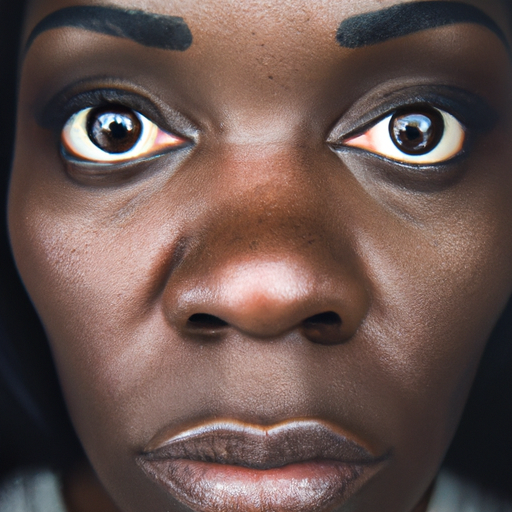As a skin care expert, I have often encountered confusion among individuals about the difference between moisture and hydration when it comes to skin care. This confusion is understandable because these two terms are often used interchangeably. However, understanding the distinction between them is crucial for addressing your skin’s unique needs effectively. So, let’s decode your skin’s thirst and understand the difference between moisture and hydration.
Firstly, let’s talk about hydration. Hydration refers to the water content within the cells that leads them to swell and appear plump. It is about infusing your cells with water and improving your skin’s ability to absorb moisture and vital nutrients. Hydrated skin appears smooth, healthy, and radiant. Dehydrated skin, on the other hand, can look dull, feel tight, show fine lines or surface wrinkles, and can even become sensitive or inflamed.
Hydrating products are designed to increase the water content of the skin. They are often lightweight and contain ingredients like hyaluronic acid, aloe vera, honey, or glycerin that attract water molecules and lock them into your skin. These ingredients are known as humectants. Drinking plenty of water also helps to keep your skin cells hydrated.
Moisture, on the other hand, refers to the oils on your skin. These oils create a protective layer that helps to lock in hydration and prevent water loss from the skin’s surface. Without adequate moisture, your skin can lose its elasticity, leading to the formation of wrinkles and fine lines. Dry skin can also feel rough and flaky, as it lacks the necessary oils to keep it soft and supple.
Moisturizers are oil-based products that contain ingredients like ceramides, fatty acids, and cholesterol that help restore the skin’s lipid barrier. They seal in any existing moisture and prevent it from evaporating away from the skin. Moisturizers also provide a smooth texture to the skin and give it a glowing appearance.
Understanding your skin’s needs is crucial to choosing the right products. If your skin feels tight or shows signs of flaking, it is likely lacking in moisture. On the other hand, if your skin looks dull and lacks plumpness, it may be dehydrated and in need of hydration.
In an ideal skincare routine, both hydration and moisturization are important. After cleansing your face, use a hydrating product like a serum or essence to infuse your skin with water. Follow this up with a moisturizer to seal in the hydration and keep your skin soft and supple.
Remember, while all skin types need both hydration and moisture, the balance may vary. Oily skin may require more hydration and less moisture, while dry skin may need a richer moisturizer. It’s all about understanding your skin’s thirst and quenching it appropriately.
In conclusion, understanding the difference between moisture and hydration can help you tailor your skincare routine to your skin’s specific needs. By ensuring that your skin is both well-hydrated and adequately moisturized, you can maintain a healthy, radiant complexion. So, listen to your skin’s thirst signals, and respond accordingly – your skin will thank you for it.




